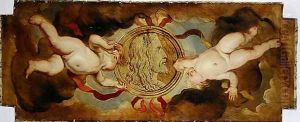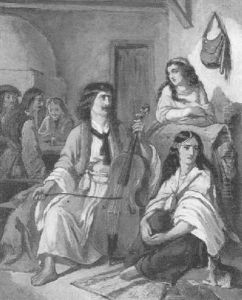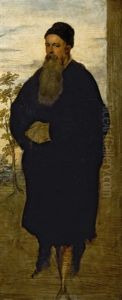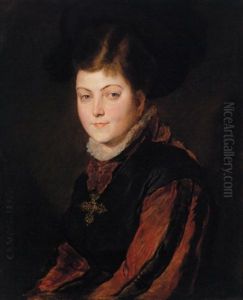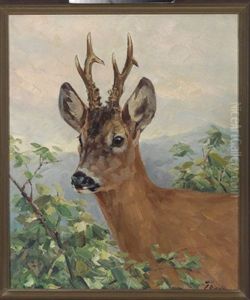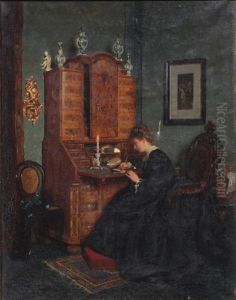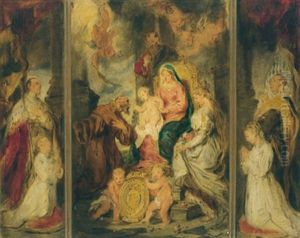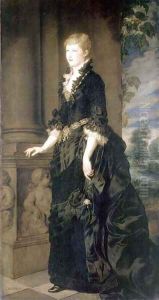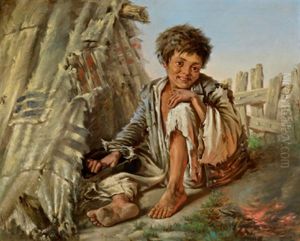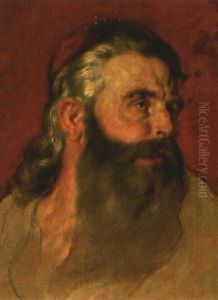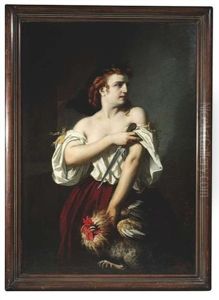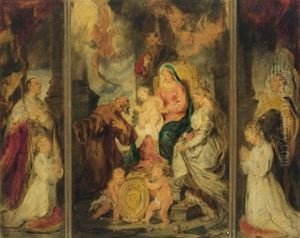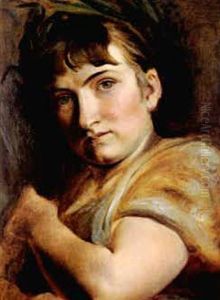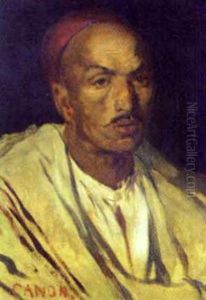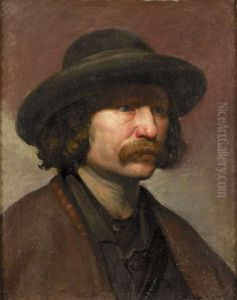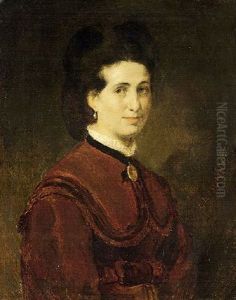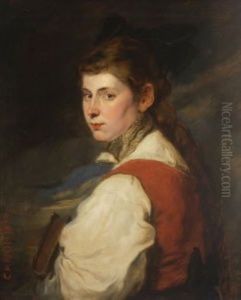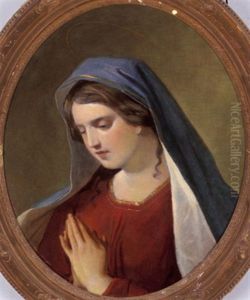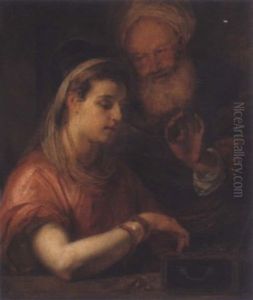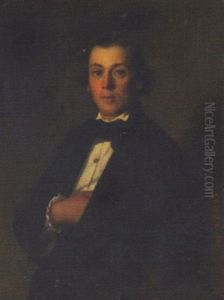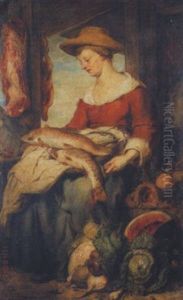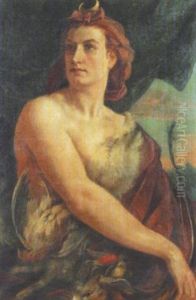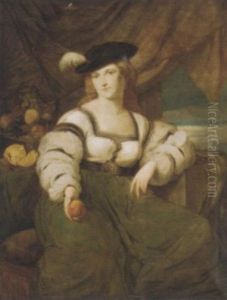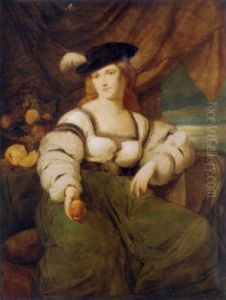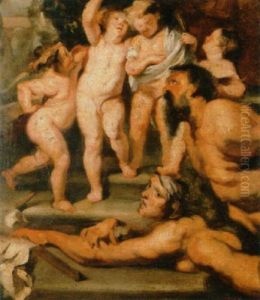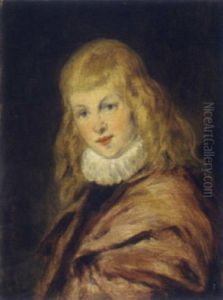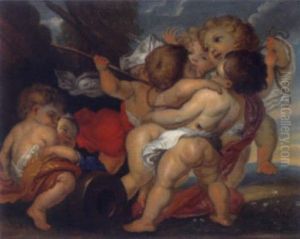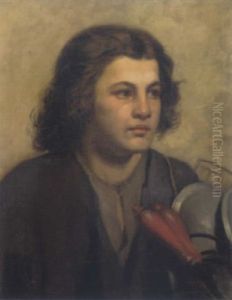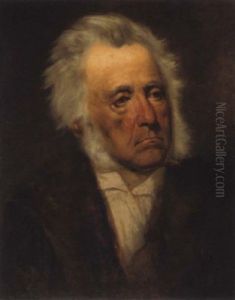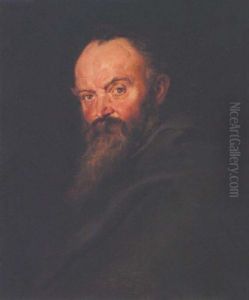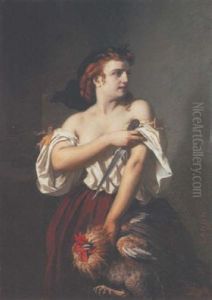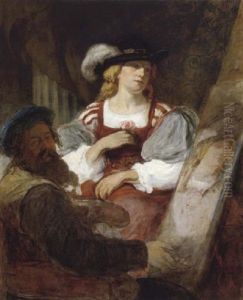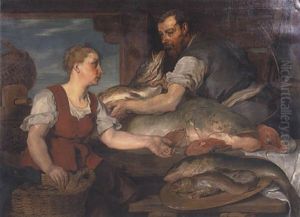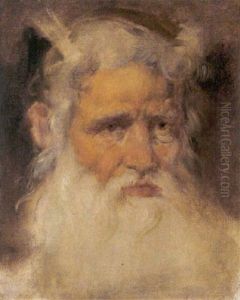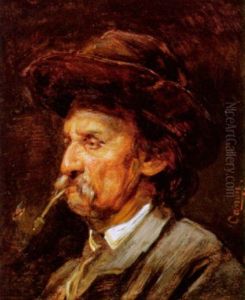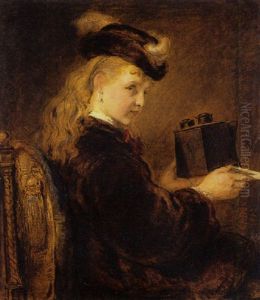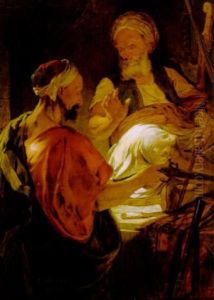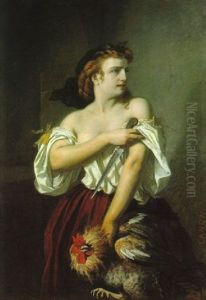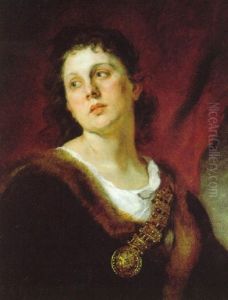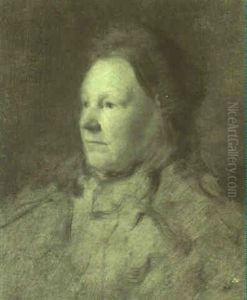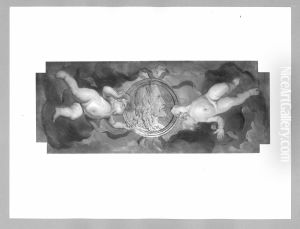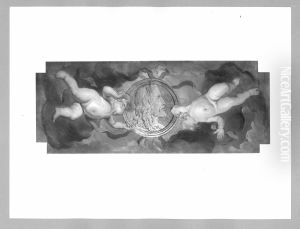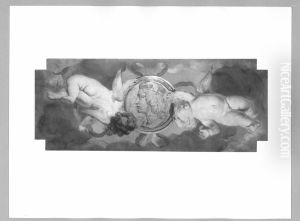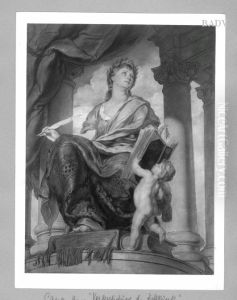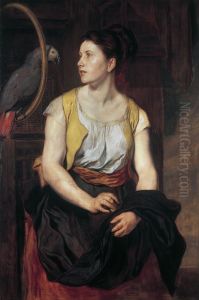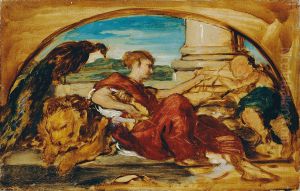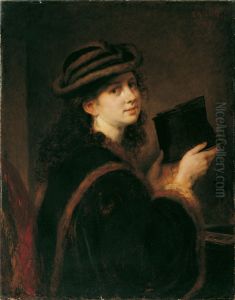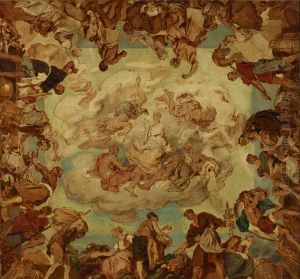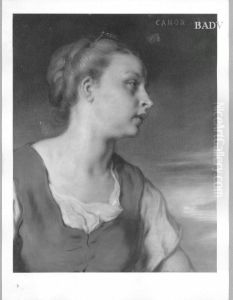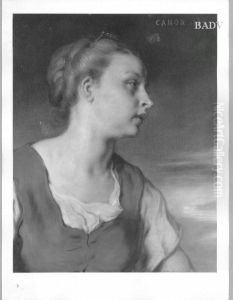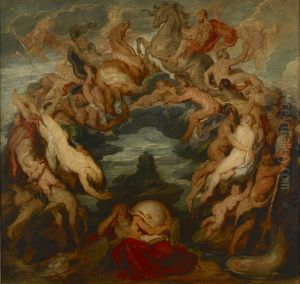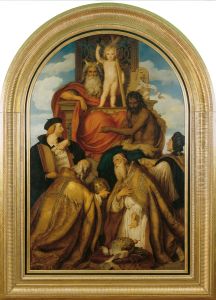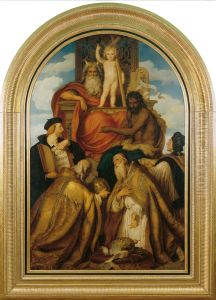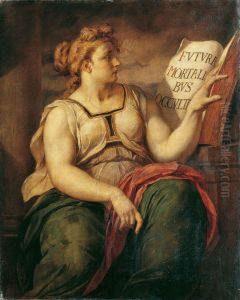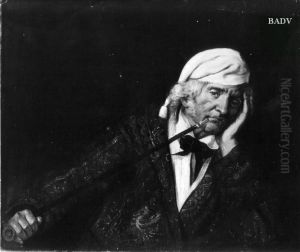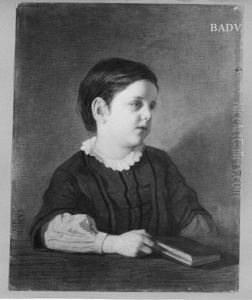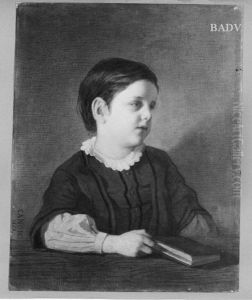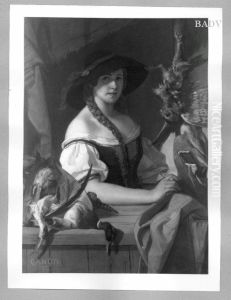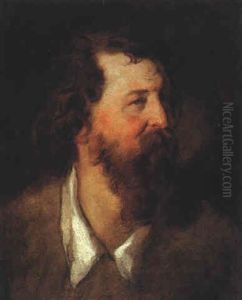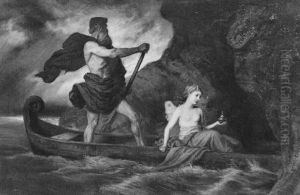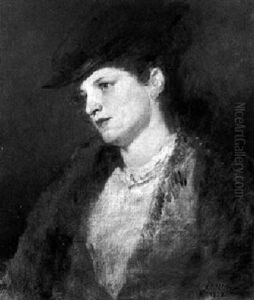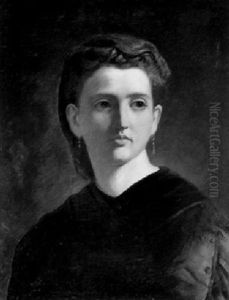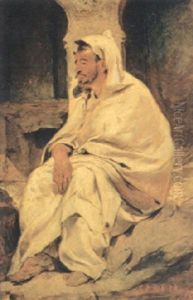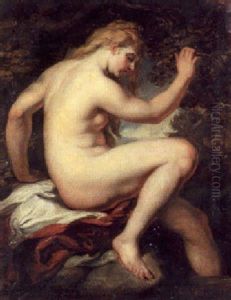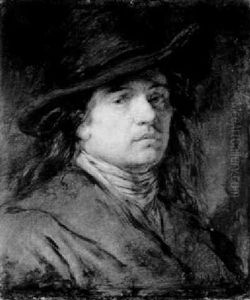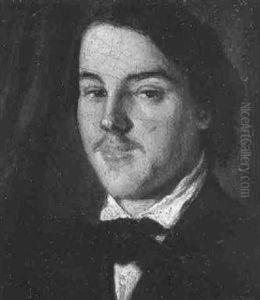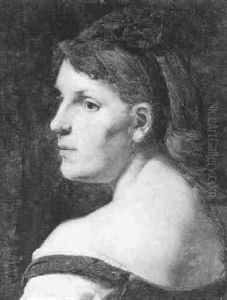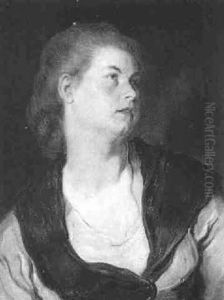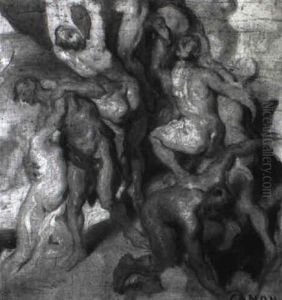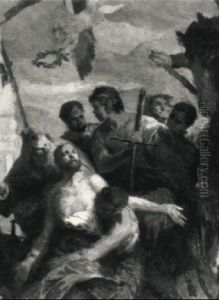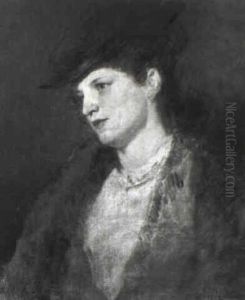Hans (Johann von Strasiripka) Canon Paintings
Hans Canon, born Johann Baptist Straširipka, was a notable Austrian painter of the 19th century, renowned for his historical paintings, portraits, and allegorical works. Born on March 19, 1829, in Vienna, he was initially named Johann Baptist, but he later adopted the pseudonym 'Hans Canon' as a reference to his artistically inclined uncle, Johann Straschiripka, who had surnamed himself 'Canon' after a pilgrimage to Rome.
Canon began his artistic education at the Vienna Academy of Fine Arts, where he studied under renowned artists such as Leopold Kupelwieser and Christian Ruben. His style was primarily influenced by the Romantic movement, and he was particularly inspired by the works of Titian and Rubens. After his studies, he traveled extensively throughout Europe, including Italy, Greece, and the Middle East, where he absorbed various artistic influences and honed his skills in drawing and painting.
Upon his return to Vienna, Canon's talent began to flourish. He received significant commissions, including the opportunity to paint the ceiling frescoes in the Vienna State Opera, which unfortunately were destroyed during World War II. He also painted a number of portraits for the aristocracy and the intellectual elite, which helped to establish his reputation as one of the leading portraitists of his time.
Canon's work often reflected a fascination with grand historical themes and dramatic compositions, yet he also showed a keen eye for capturing the essence of individual character in his portraits. His allegorical pieces and mythological subjects were characterized by a vibrant color palette and a dynamic interplay of light and shadow.
Throughout his career, Canon was actively involved in the Viennese art scene and was a member of several artistic associations. He was awarded numerous honors and medals for his work, both in Austria and abroad.
Hans Canon's life was cut short when he passed away on September 12, 1885, in Vienna. Despite his relatively brief career, his works left a lasting impact on the Austrian art world. They continue to be celebrated for their artistic quality and historical value, with several of his pieces on display in museums and galleries across Austria and Europe.
